Let's be honest - what could be more cozy between the years than snuggling up on the sofa by candlelight, leaving all the glitz and stress of the pre-Christmas season behind and knitting stitch samples over a cup of tee? If you feel like it, then take a look at my video course on knitting samples and materials that I made with Makerist last spring. Today I'd like to tell you a bit about why I made this course and why I think stitch samples are so great and why I always want to motivate you to knit them.
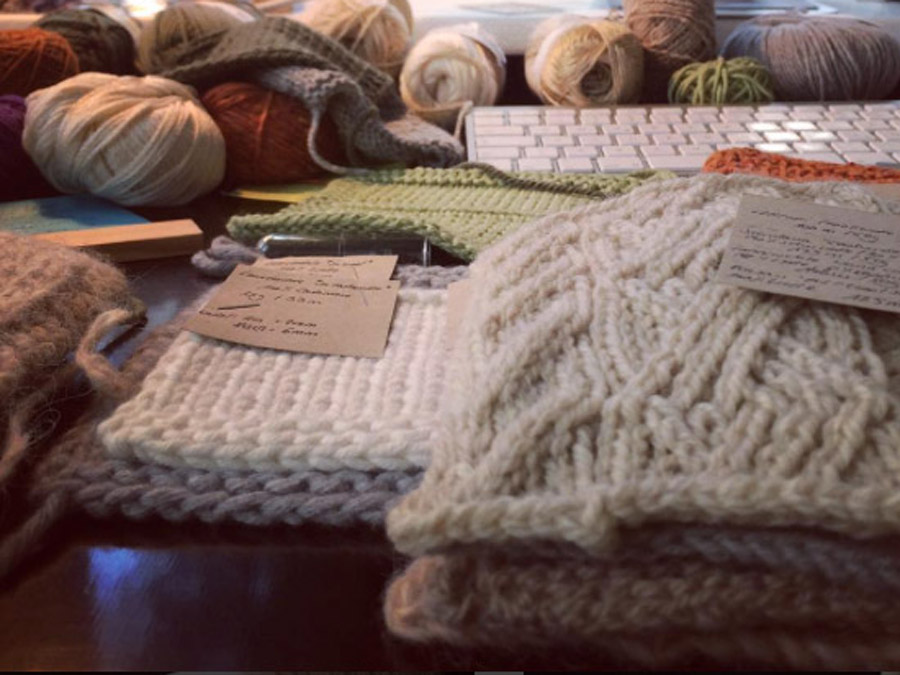
You know, I always like to knit stitch samples and also archive them pretty exemplary. On the one hand, because I find it totally inspiring to rummage through the many beautiful, finished samples. And on the other hand, because it's very practical to find the right yarn for an upcoming project by feeling the stitch samples.
Angelika writes about my course:
"Full marks all stars ⭐️ for this great course. As of now, I'm a stitch definition fan. I have knitted quite a few sweaters, either they were too small, too wide or just kind of bags and went to the very back of my closet. That's why I then turned to knitting socks and shawls and just didn't try sweaters anymore. But after this class, I know why I didn't succeed with any sweaters. I have made good stitch samples, have also measured them although they were still on the needle, has then mostly also somehow matched, have then pulled them up and started to knit. But after this course I know what I did wrong with my stitch samples. The trainer Marisa Nöldeke explains very clearly how to make a stitch test, how to read it correctly and what conclusions you can draw from it. She explains the different needle materials and which needle is suitable for which yarn. She also takes her time and explains very precisely what wool actually is and where it comes from (animal or vegetable). Very interesting for me was also the correct reading of the bandarole. From now on I will keep them all. In between she also gives little knitting tips that are very effective. The correct cataloging and storing of the stitch samples is described very well in this course. All in all, I can recommend this course to everyone who, like me, couldn't do anything with stitch samples. From now on you will no longer dribble your stitch samples and collect and store them exactly as Marisa Nöldeke has shown in this course. The bonus tip on how to determine the yarn count was a great guddi on top. Many thanks to the trainer and have fun watching and making stitch samples." - Angelika Vock
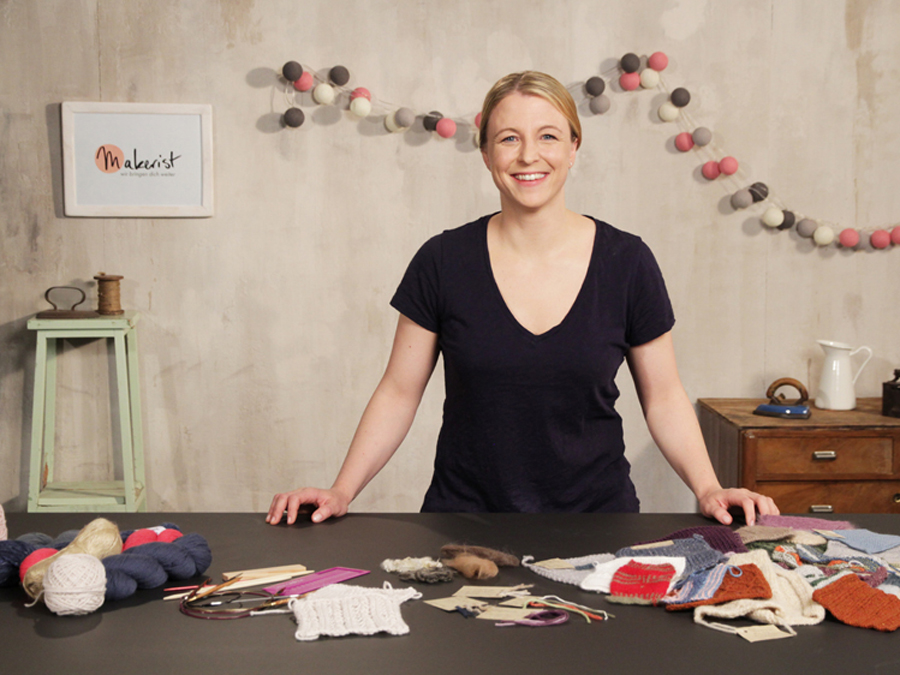
I was very happy about this detailed evaluation, because this is exactly the change in thinking I wanted to achieve and Angelika also summarizes just great how much content we have put into this course. I describe all the many advantages that knitting stitch samples can have. How the different fibers differ, what the right yarn selection and also (!) needle selection can have for an immense effect on the finished project. Honestly, we put sooooo much time into our knitting projects, how awful is it when you end up with a piece that just leaks because you knitted the wrong material?
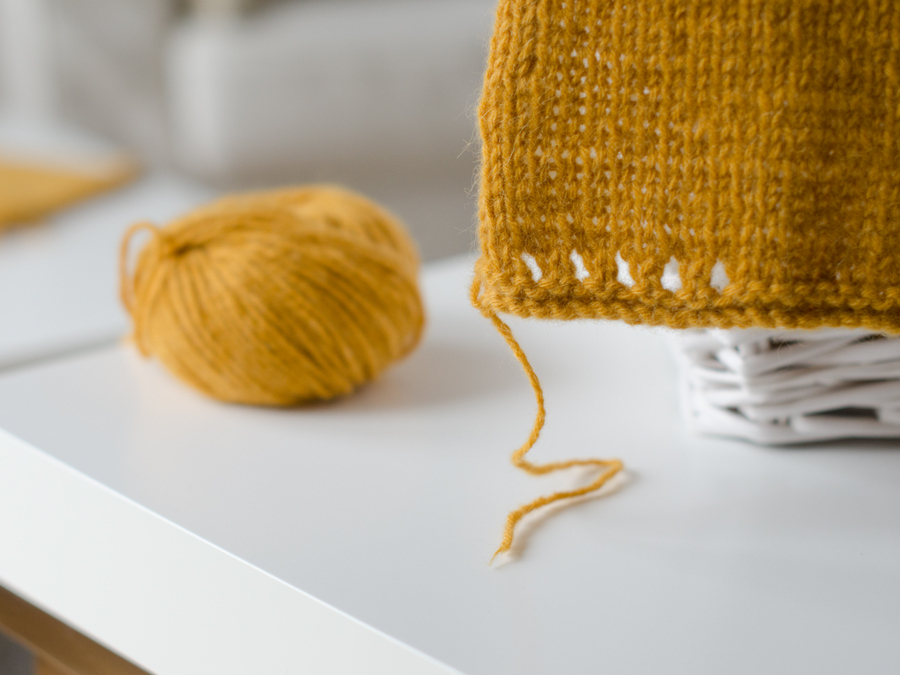
Knitting swatches gives us a feel for what certain yarns are suitable for, or not suitable at all, and that's before we've invested endless hours into a sweater.
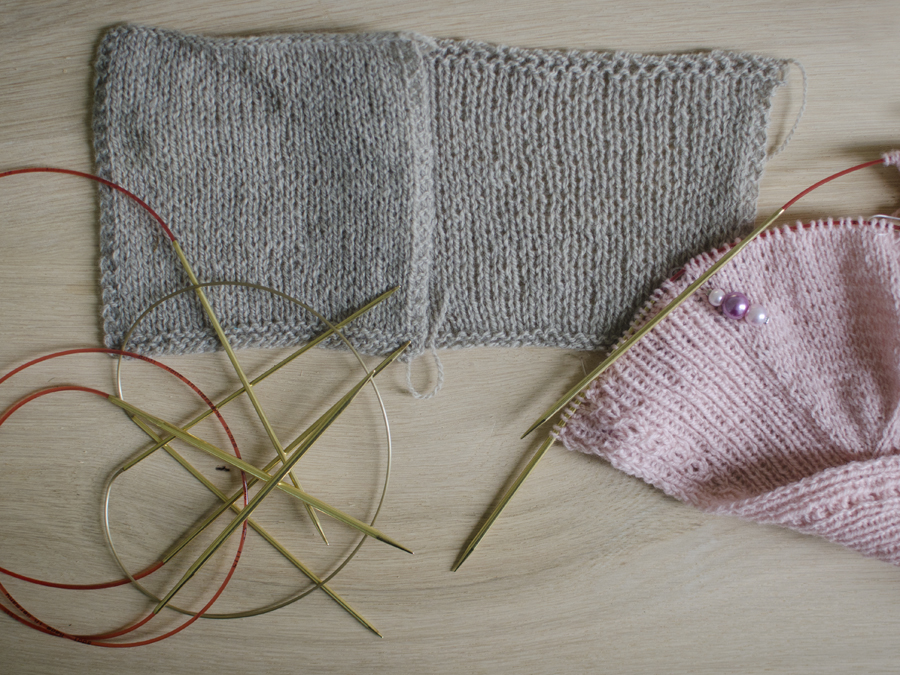
In the Maschenfein :: knitting round on Facebook we have often noticed that several knitters among us knit the same project with one and the same yarn in different needle sizes and still come to the same gauge. So do not rely on the information in the pattern, each (r) of us knits differently. Every knit is individual.
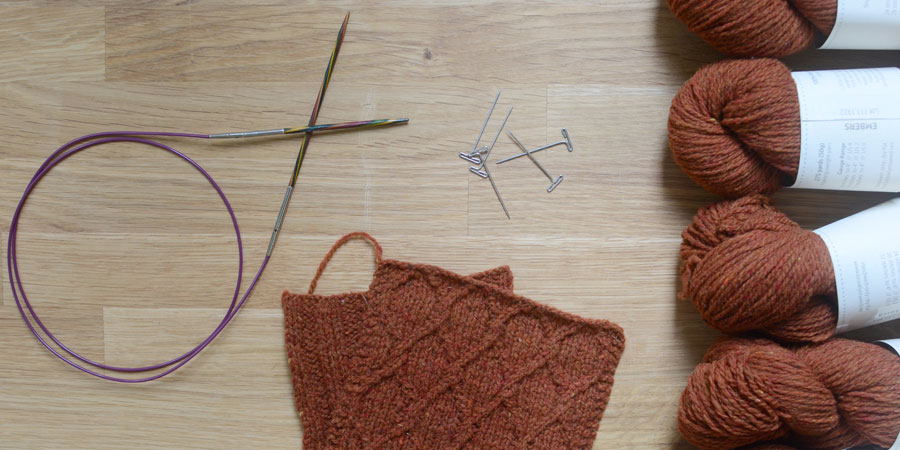
After all, the point of knitting the swatches is simply to make sure that the piece you're knitting really fits you in the end. And that's what Cordelia gets right to the point.
"This course has made me a stitch test fan. It is suitable for beginners as well as for already experienced knitters who previously thought MP was superfluous. It is explained precisely and clearly from various examples WHY it can sometimes be decisive whether you have, for example, 10 or 12 stitches on the needle at a width of10cm. That would be a difference of 10 stitches at a width of 50cm. And if these are missing, the knitted piece may be too small. That is then a pity for all the work. In addition, the trainer illustrates all the information that can be gleaned from stitch samples. Valuable tips that I was previously unaware of. Really recommended!!!" - Cordelia Will
Have a cozy evening!
 In the mood for spring? Here you can find spring yarns
In the mood for spring? Here you can find spring yarns 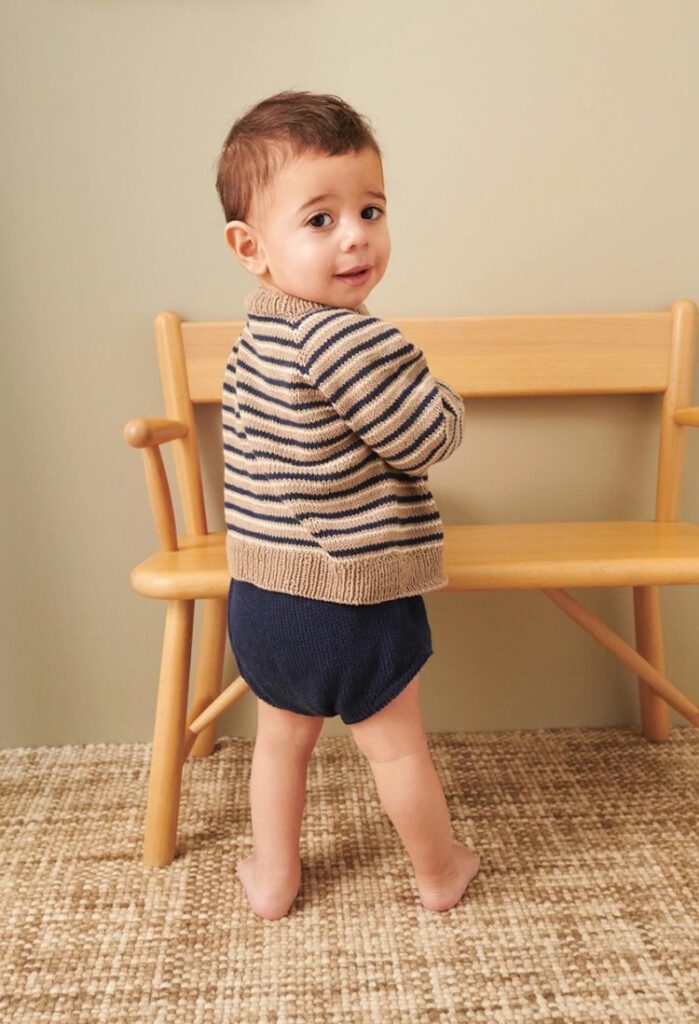 Neu - Sandnes 2407 - Sommerbaby
Neu - Sandnes 2407 - Sommerbaby  Neu bei uns - Lankava
Neu bei uns - Lankava 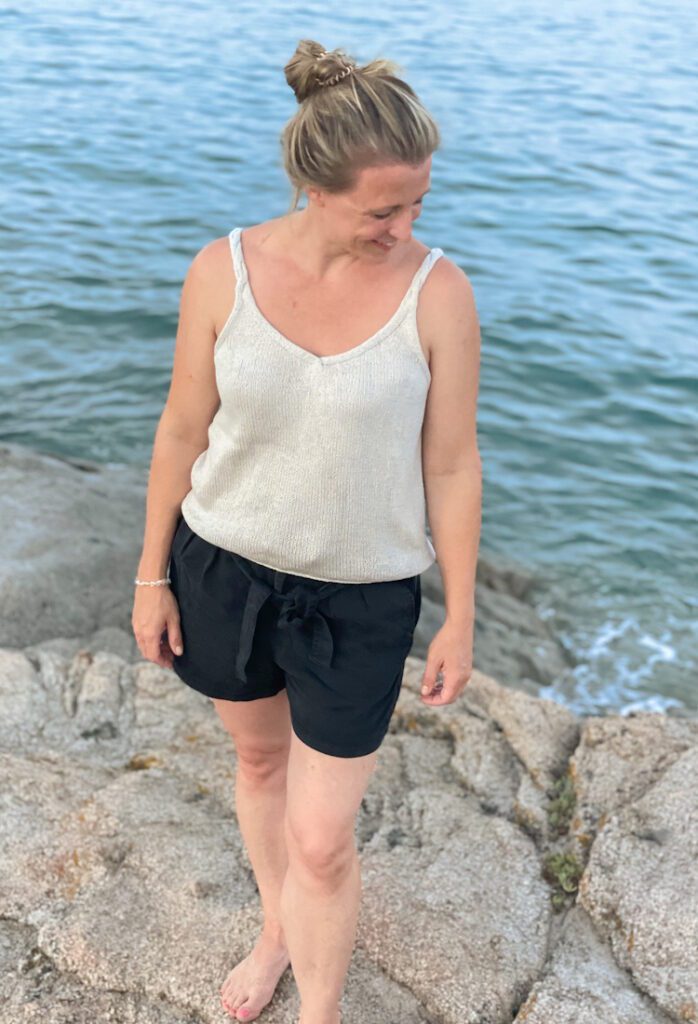 Hier findest du alle Maschenfein-Anleitungen
Hier findest du alle Maschenfein-Anleitungen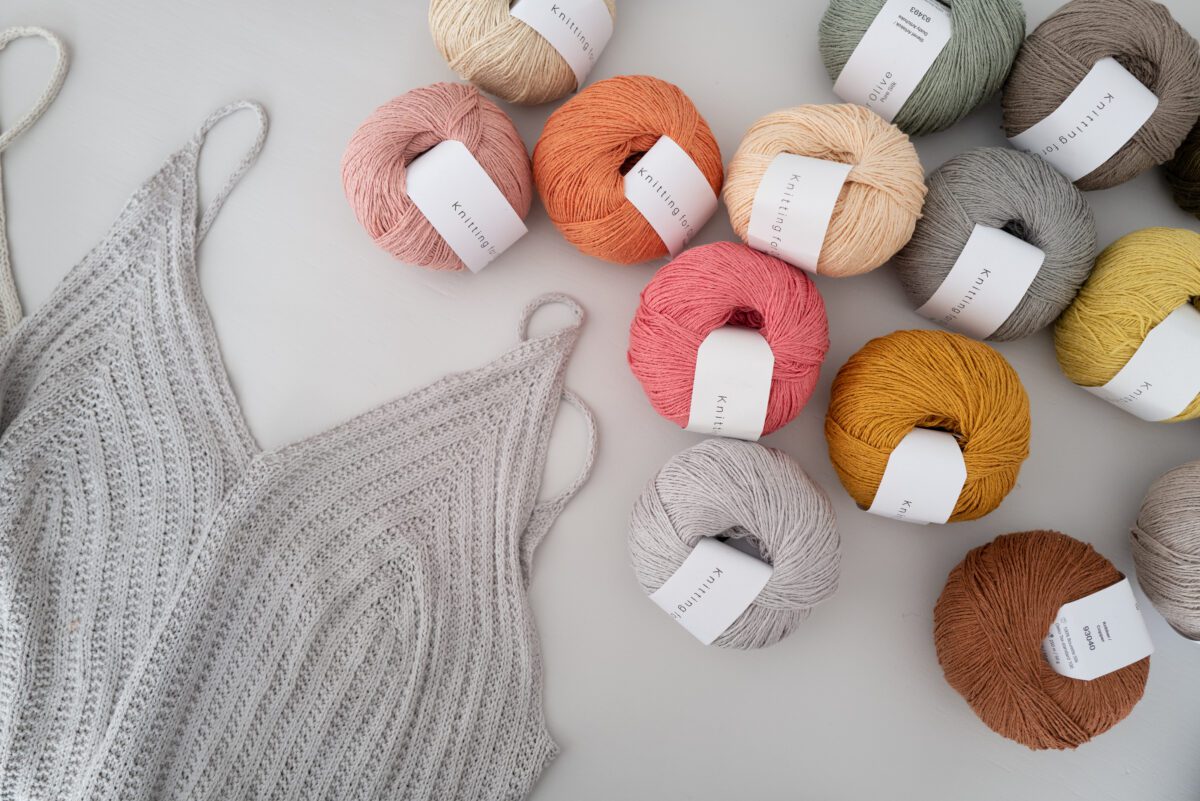

2 comments
Huhu... unfortunately the link to the course doesn't work. Is the course still available to watch?
LG, Jana
Dear Jana, oh, thanks for letting me know! Click here for the video course from Makerist: https://www.makerist.de/courses/das-1×1-der-maschenproben Best regards, Sophia